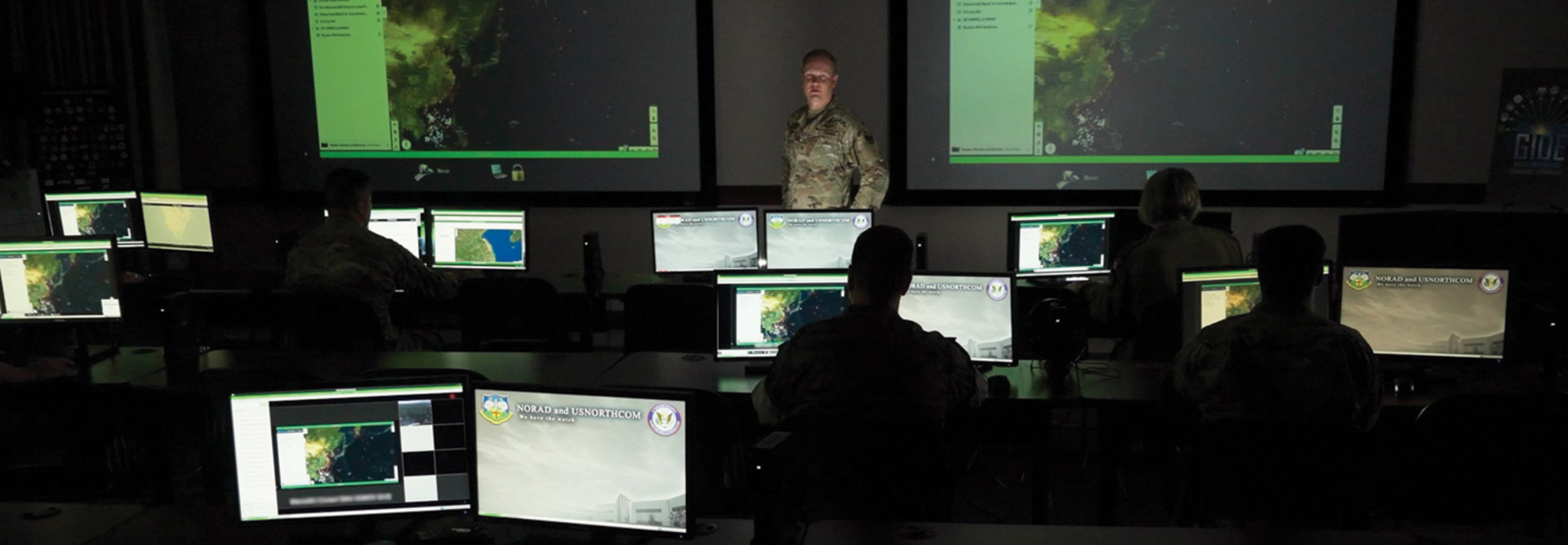DOD Tests New AI Capabilities
The tests included all 11 U.S. combatant commands and were done in partnership with the DOD’s Joint Artificial Intelligence Center and the Pentagon’s Project Maven, and with significant funding and manpower support from the Air Force’s Chief Architect Office.
The GIDE tests had three stages. The first, according to NORTHCOM, was “focused on cost-effective data solutions to increase decision space through earlier indications and warnings” of threats.
The second explored the “ability to respond to contested logistics and demonstrated global collaboration to rapidly create deterrence options and dynamic contested logistics planning.”
The final stage demonstrated the Joint Artificial Intelligence Center’s Matchmaker capability “for machine-enabled crisis deterrence and conflict defense options,” which was “tied to live representative threats and real-world assets allowing the participating organizations opportunities to exercise global integration.”
In a briefing at the end of July with reporters, VanHerck said the GIDE 3 exercises “focused a lot” on contested logistics, including a scenario “where maybe a line of communication such as the Panama Canal may be challenged.”
In the tests, the participating commands leveraged military and commercial sensors from around the globe and used the data from those sensors to gain situational awareness. Then the DOD used AI and machine learning tools to assess how a certain area of a battlefield is changing over time.
“The machine learning and the artificial intelligence can detect changes in that, and we can set parameters where it will trip an alert to give you the awareness to go take another sensor such as GEOINT on-satellite capability to take a closer look at what might be ongoing in a specific location,” VanHerck said.
That kind of assessment can add days of decision-making time for commanders, according to VanHerck. “The ability to see days in advance creates decision space, decision space for me as an operational commander to potentially posture forces to create deterrence options to provide that to the secretary or even the president,” he said.
The AI tools being tested fit into the overall JADC2 paradigm, VanHerck said. This data and information the DOD can collect is available today from satellites, radar, undersea sensors, cyberspace sensors and intelligence.
“The data exists. What we’re doing is making that data available, making that data available and shared into a cloud where machine learning and artificial intelligence look at it,” he said. “And they process it really quickly and provide it to decision-makers, which I call decision superiority. This gives us days of advanced warning and ability to react.”
Now, the DOD can put data in front of an analyst in nearly real time. “That’s the primary difference that I’m talking about,” VanHerck said.
RELATED: The Air Force is testing wireless sensors to relay data from planes.











